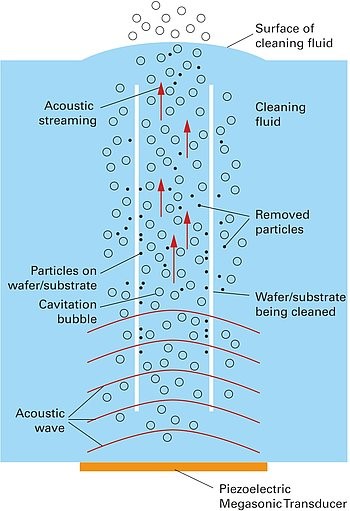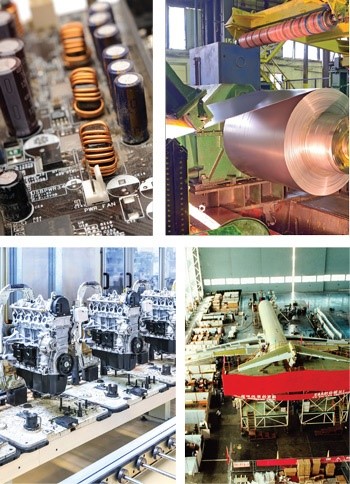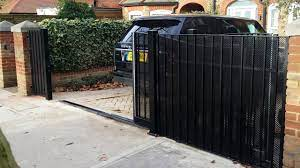Four common ultrasonic cleaner applications
Ultrasonic cleaning is a process that is carried out on objects such as jewellery, watches and surgical and dental instruments. It uses cavitation bubbles that are induced by high frequency sound waves to agitate the liquid. Cleaning can take up to six minutes, but different periods are required for different items. Contaminants can be removed from the surfaces and extracted from small cracks. Golf clubs, pens, musical instruments, industrial machine parts and even guns use ultrasonic cleaning.

Ultrasonic cleaning will remove contaminants from plastic injection moulds
Oil and grease that must be removed from manufacturing equipment is ideal to be treated with an ultrasonic cleaner. It is a safe and effective alternative to scrubbing moulds with brushes. Ultrasonic cleaning is a fast process which removes contaminants from complex surfaces without resulting in any damage. Cavitation bubbles have an ability to reach all surfaces which are treated by the cleaning solution, even those which are impossible to get to using manual methods.

Laboratory glassware can also be cleaned using ultrasonic methods
Cylinders and pipettes, especially those with unusual shapes, can be difficult to clean. Using a large ultrasonic cleaner can reduce damage and avoid having to replace expensive items. It can also clean these items thoroughly. It’s essential to use the correct cleaning solution to suit the contaminants needing removal. The items should be placed in the cleaning basket to allow the solution to infiltrate the small spaces.
Contaminants can be removed safely and effectively using a large ultrasonic cleaner. A wide range of cleaners can be obtained from a variety of suppliers. According to The Upcoming, ultrasonic cleaning is accessible to everyone, and is even used by those who collect and paint figures.
Ultrasound methods used to clean printed circuit boards
It’s important to remove excess rosins and solder from printed circuit boards. Gentle ultrasonic cleaning methods are better than a manual cleaning process as there is less risk of damage. It can also be less time-consuming.
Method used on surgical and dental instruments
Ultrasonic energy is also used on medical instruments as the microscopic bubbles can easily clean residues from small crevices, which would otherwise not be possible by manual scrubbing. There is also less of a chance of an injury occurring. Following the ultrasonic clean, the instruments can then be treated to a sterilisation process.
















